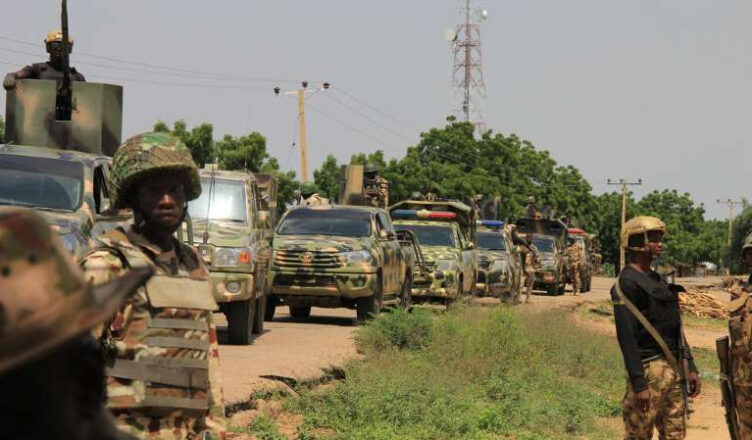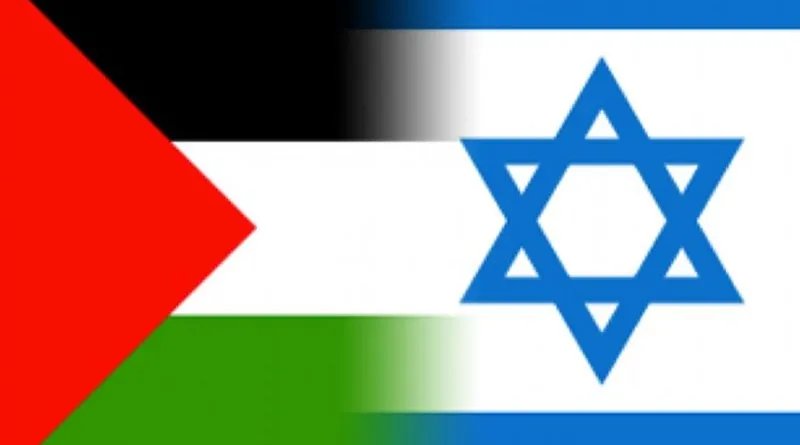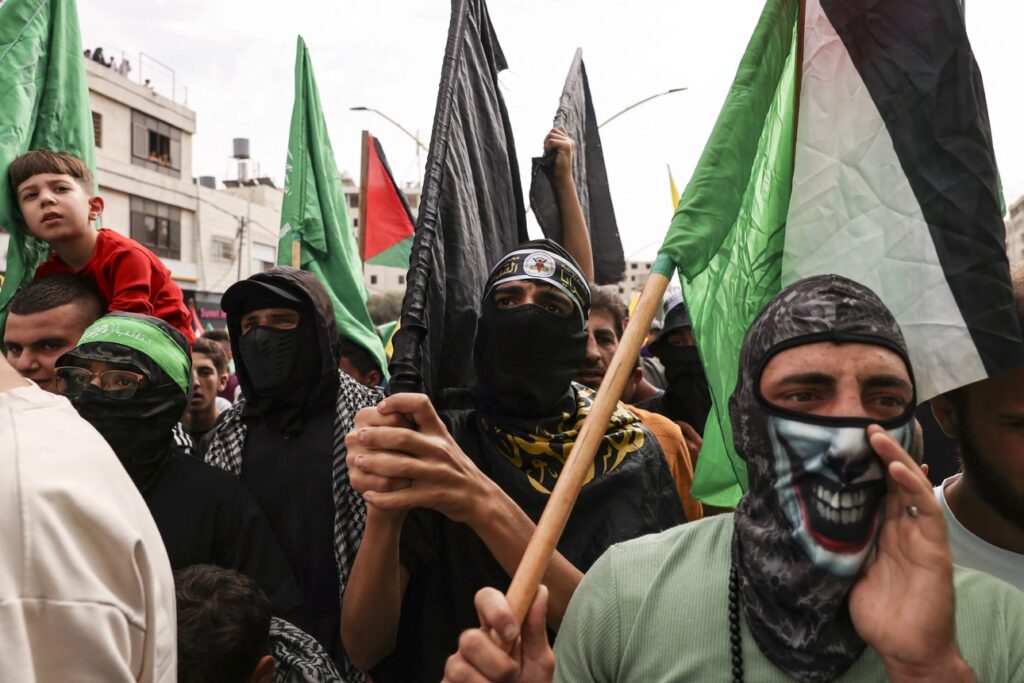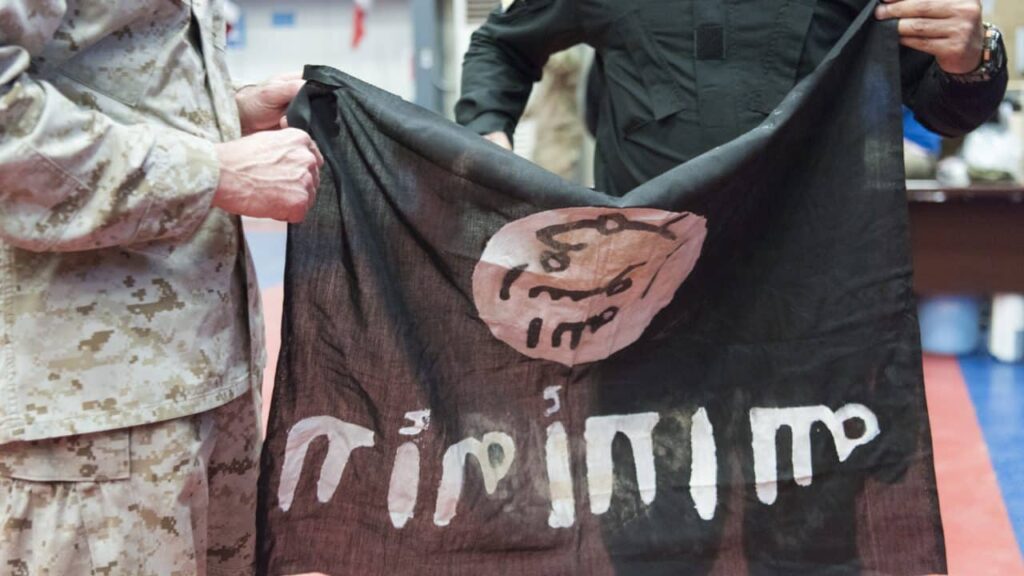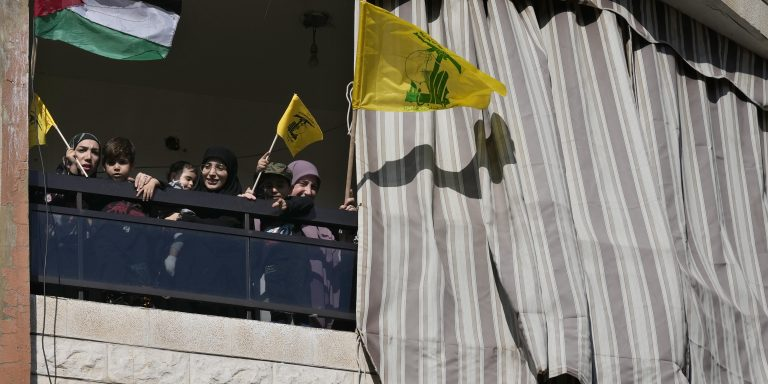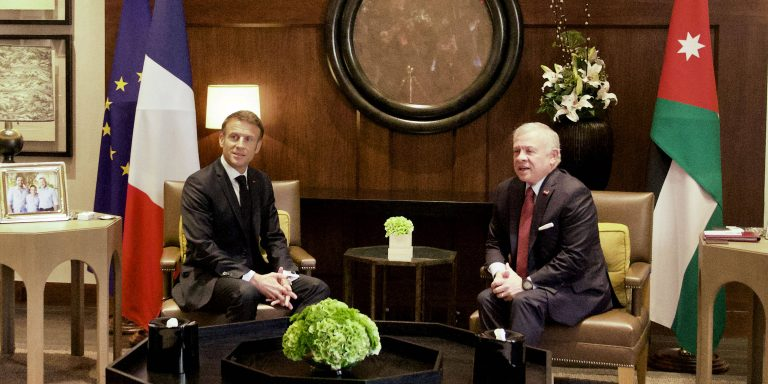Mali : Démenti de l’armée sur la prétendue prise d’un camp dans le nord par un groupe terroriste
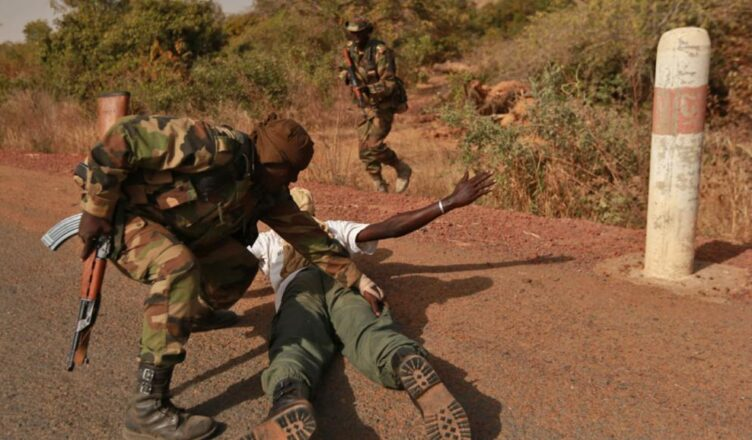
L’armée malienne a formellement démenti les allégations selon lesquelles le Groupe de soutien à l’islam et aux musulmans (GSIM), affilié à Al-Qaïda, aurait pris le contrôle d’un camp dans la région de Tombouctou (nord) le vendredi dernier.


